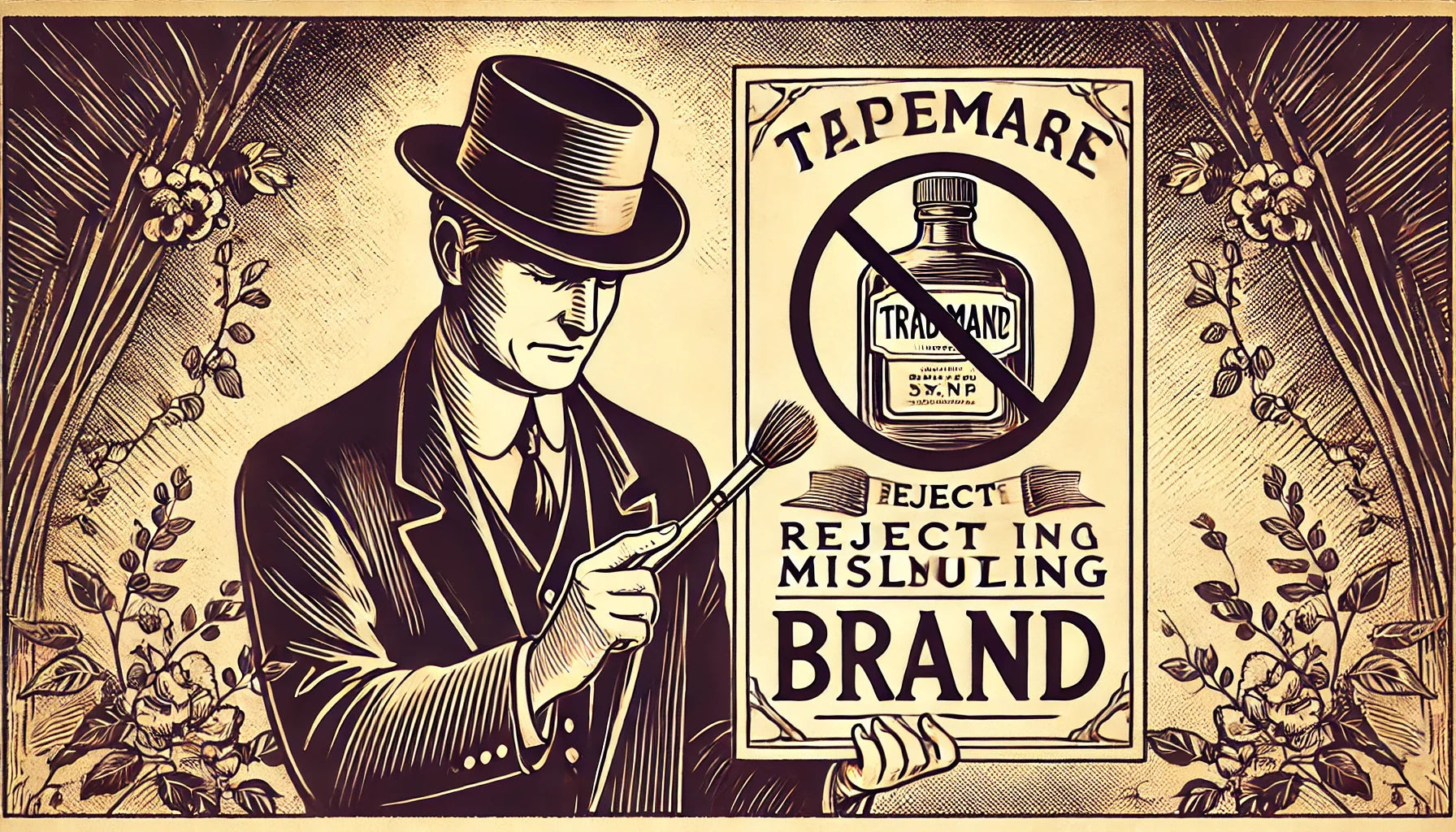Writing a patent specification can seem daunting for a non-lawyer, but it is an important step in protecting your invention. A patent specification is a legal document that describes the invention in detail, and it forms the basis of the patent application. Here are some tips for writing a patent specification:
-
Describe the invention in detail: The patent specification should include a detailed description of the invention. This should include how it works, what it does, and how it is made. Be sure to include any drawings or diagrams that can help explain the invention. It is important to be as detailed as possible, as this will help ensure that the patent is strong and defensible.
-
Focus on the unique aspects: When writing a patent specification, it is important to focus on the unique aspects of the invention. This means identifying what makes the invention different from anything else that has been done before. This can be a challenge, but it is essential for the patent to be granted.
-
Be precise with language: Language in a patent specification should be precise and specific. Avoid using vague or ambiguous terms that could be open to interpretation. Use technical terminology that is appropriate for the field of the invention.
-
Consider the claims: The claims are the part of the patent specification that defines the scope of the invention. They should be carefully crafted to cover all aspects of the invention that you want to protect. Be sure to include both broad and narrow claims to maximize protection.
-
Hire a professional: While it is possible to write a patent specification as a non-lawyer, it is often advisable to hire a professional. Patent attorneys and agents are trained to write strong patent specifications that meet the requirements of the patent office. They can also help you navigate the patent application process and ensure that your patent is as strong and defensible as possible.
In conclusion, writing a patent specification is an important step in protecting your invention. By following these tips, you can create a strong and defensible patent specification that accurately describes your invention and maximizes its protection. If you are unsure about how to proceed, consider hiring a professional to help you through the process.





